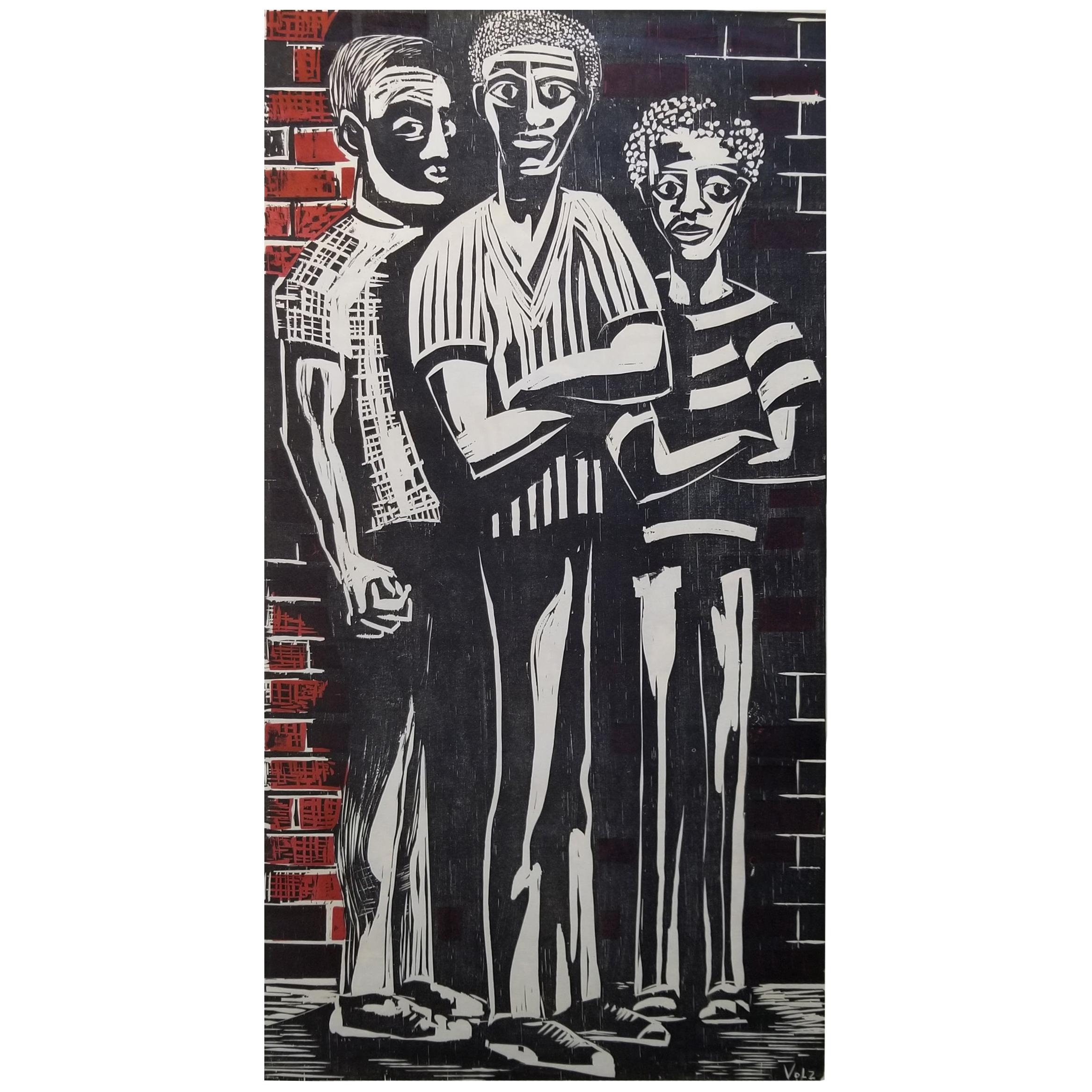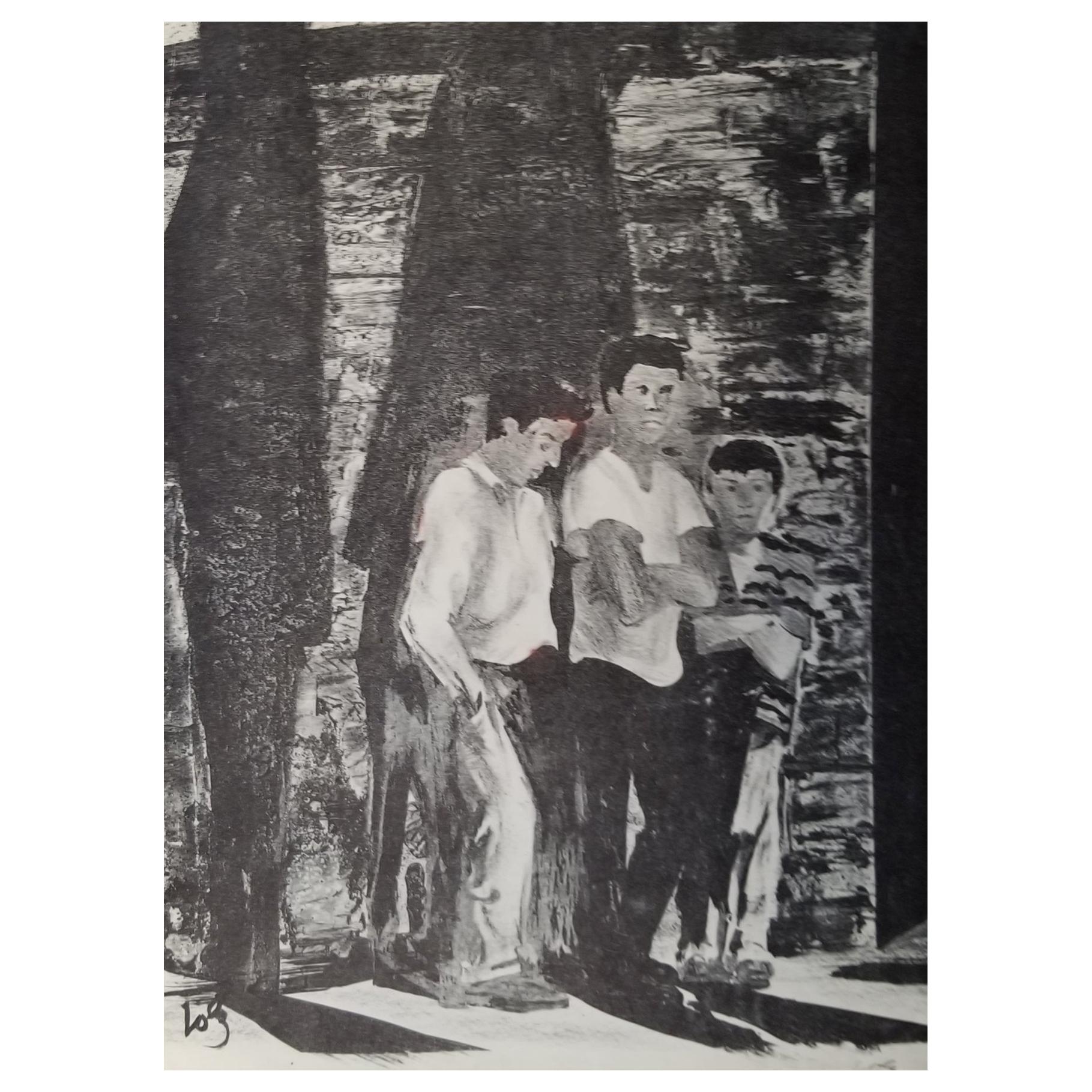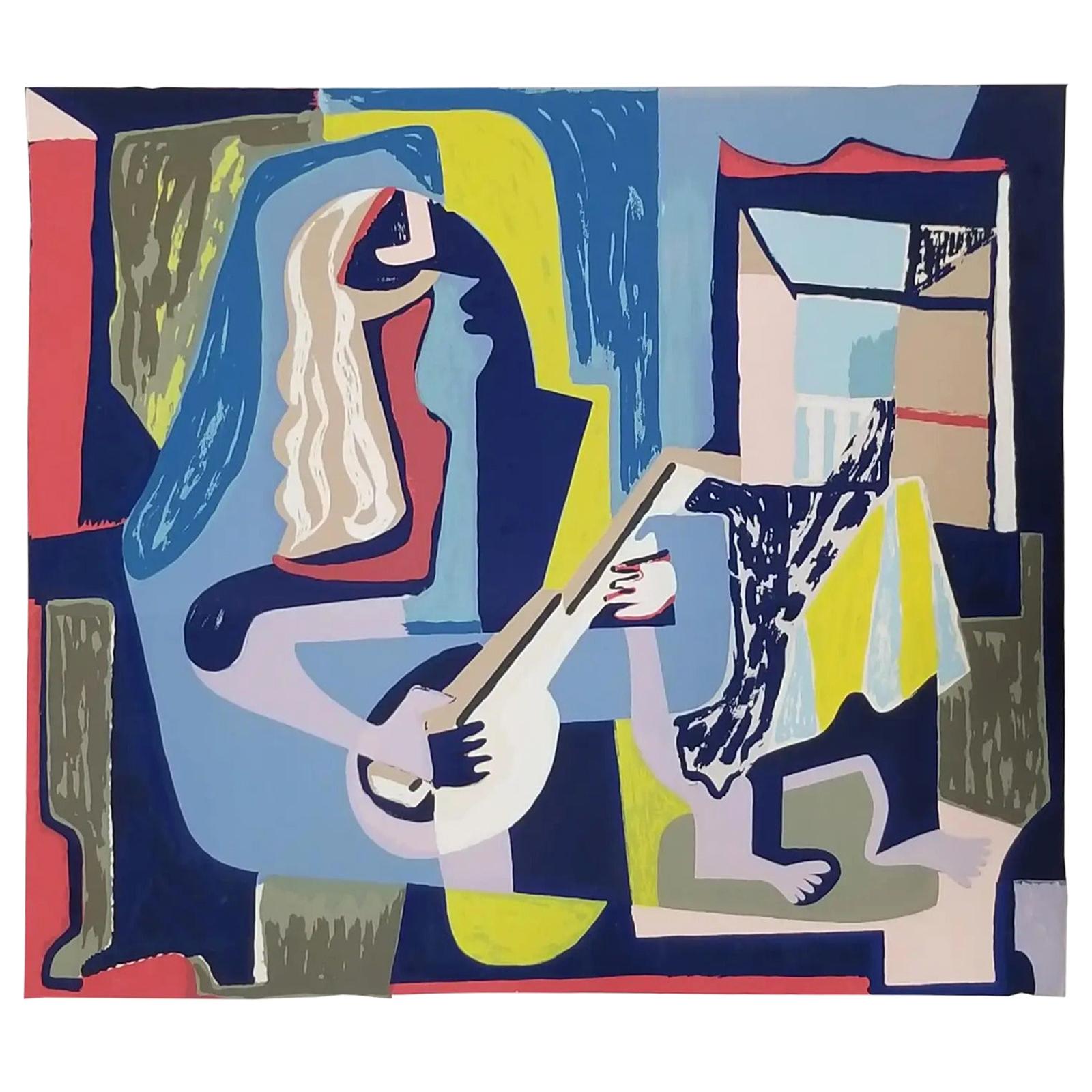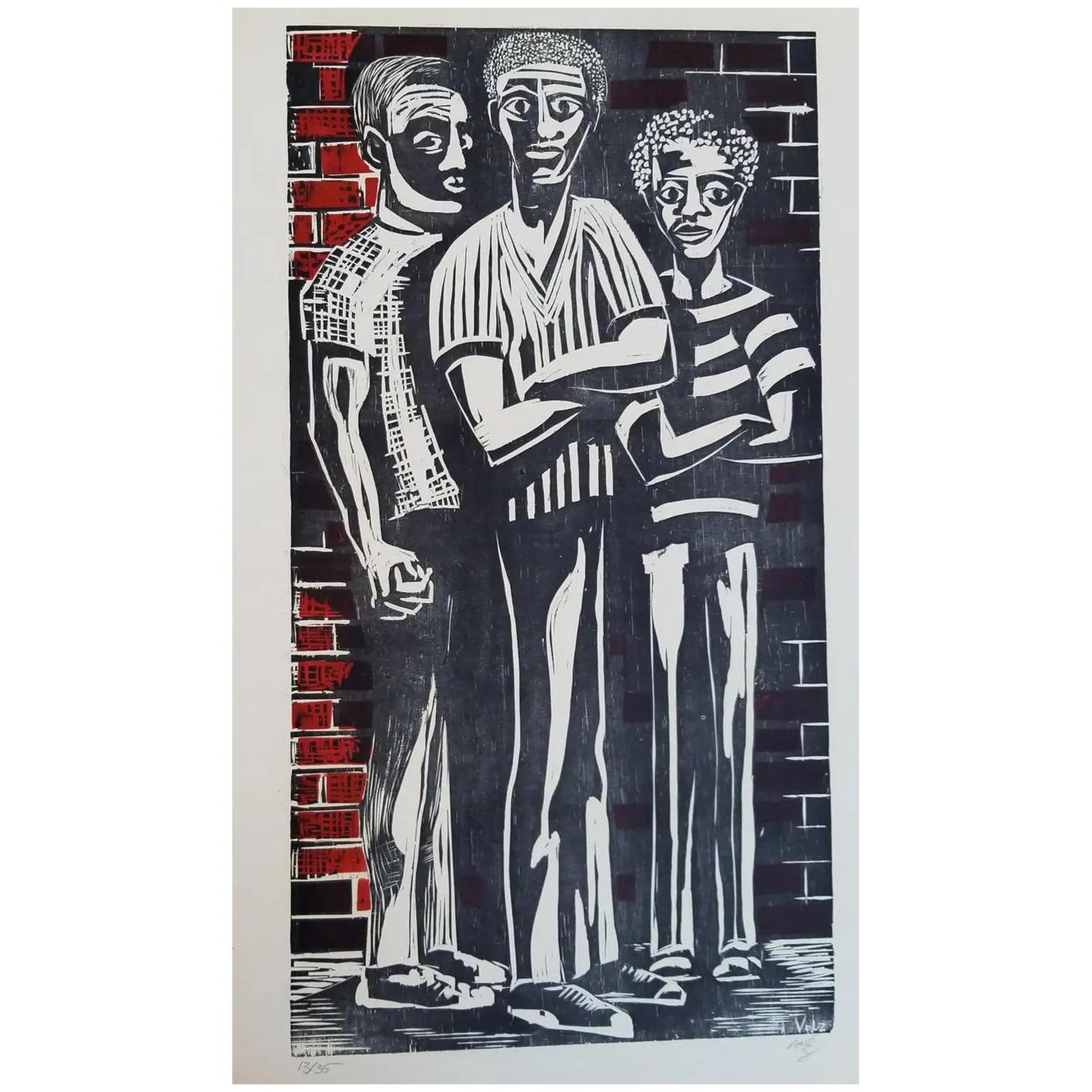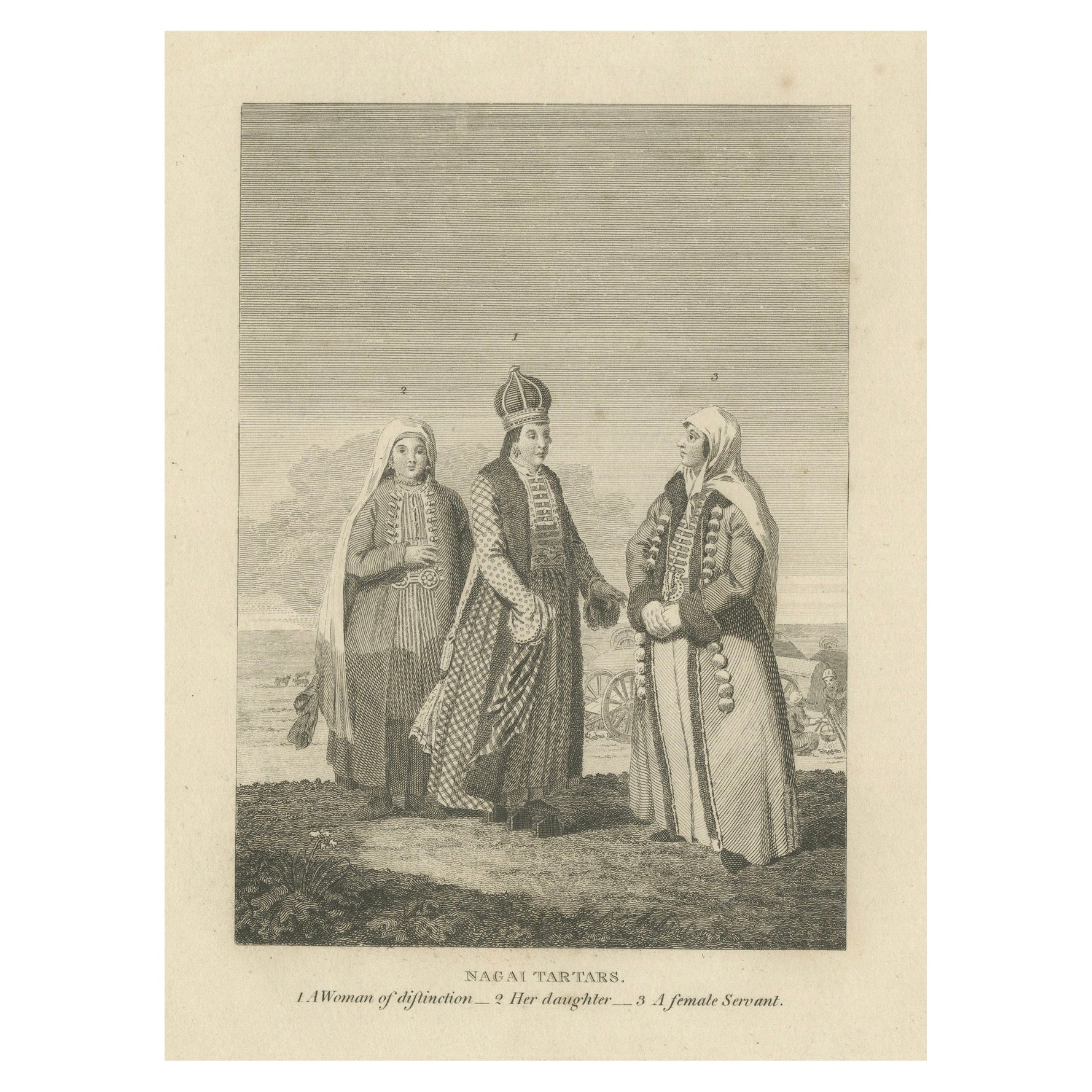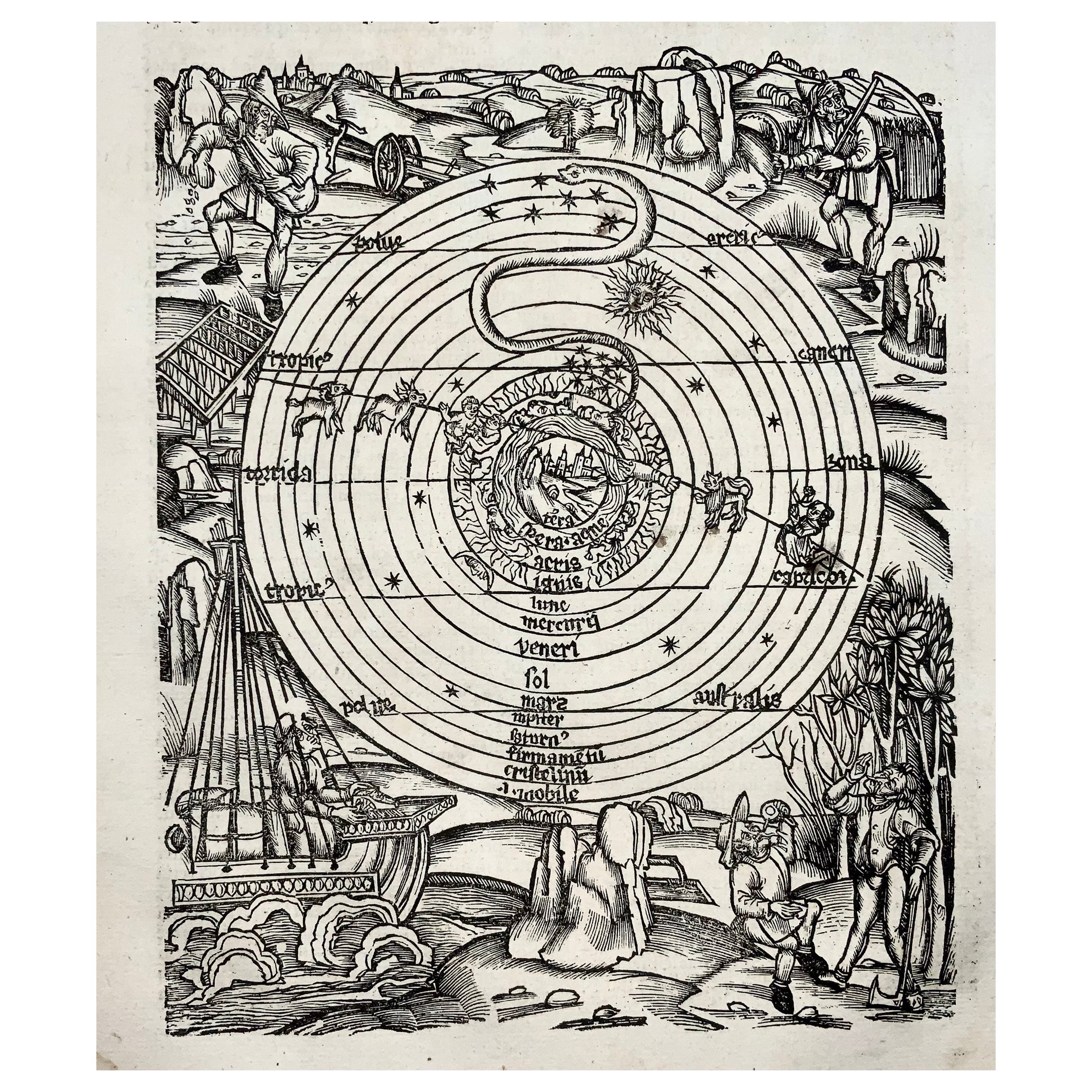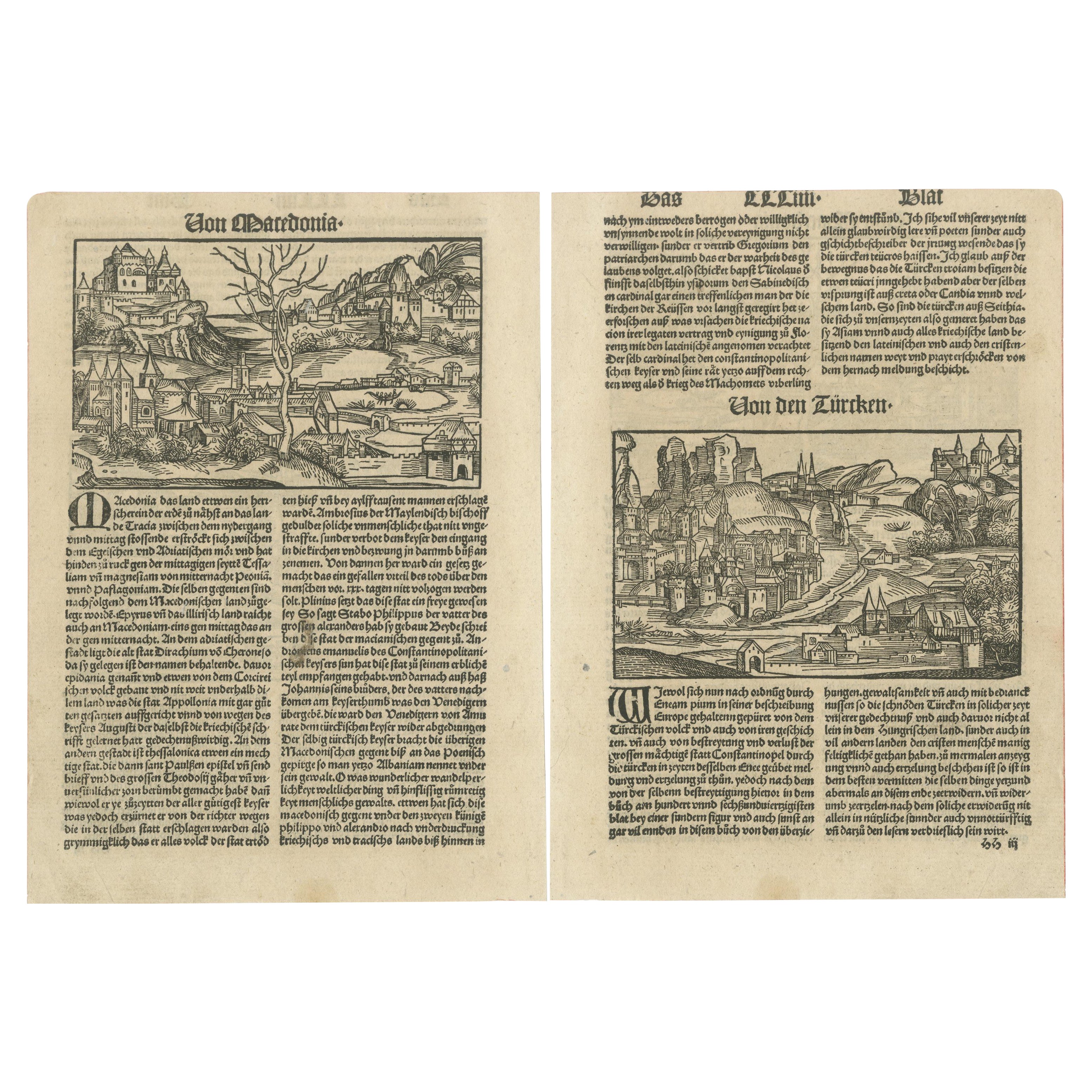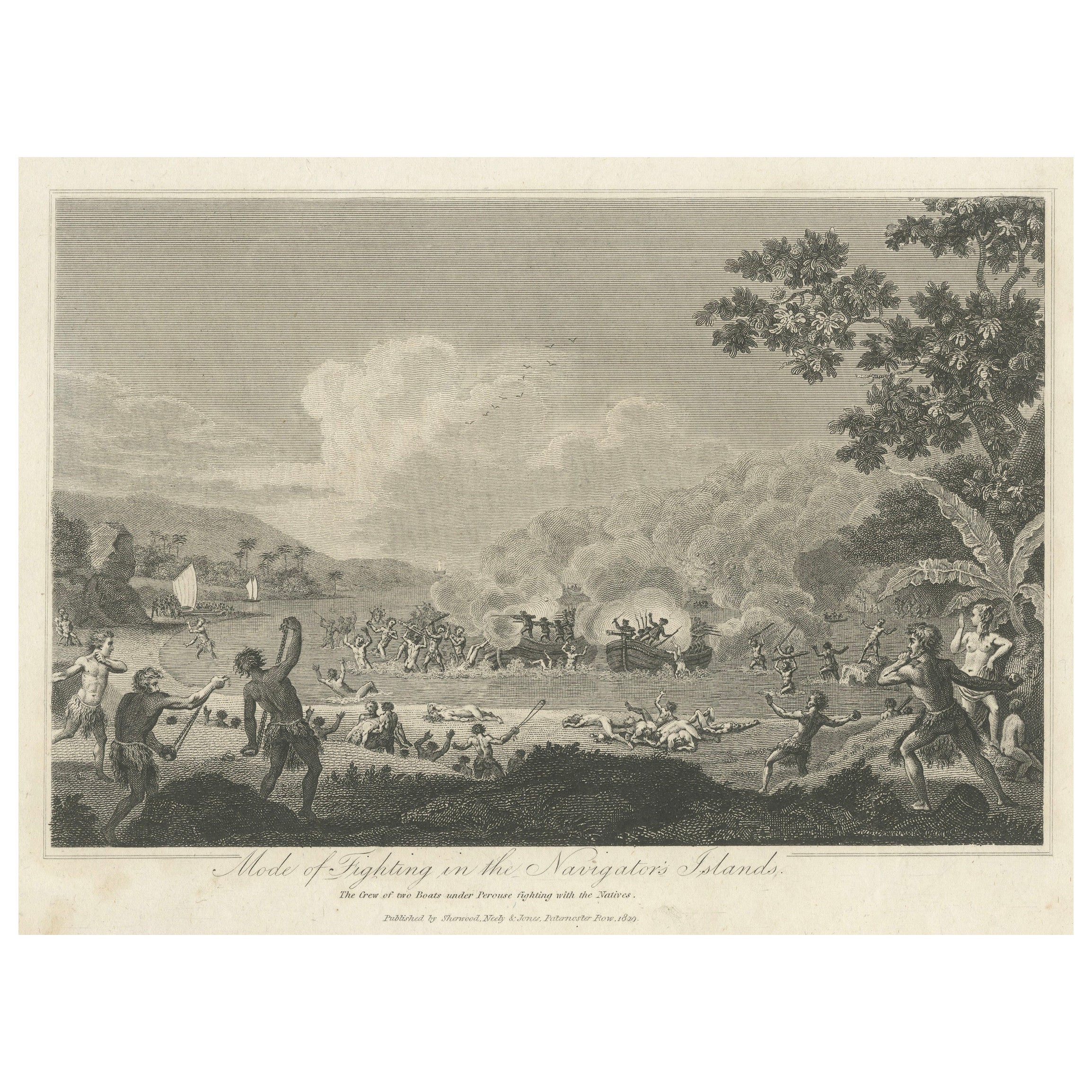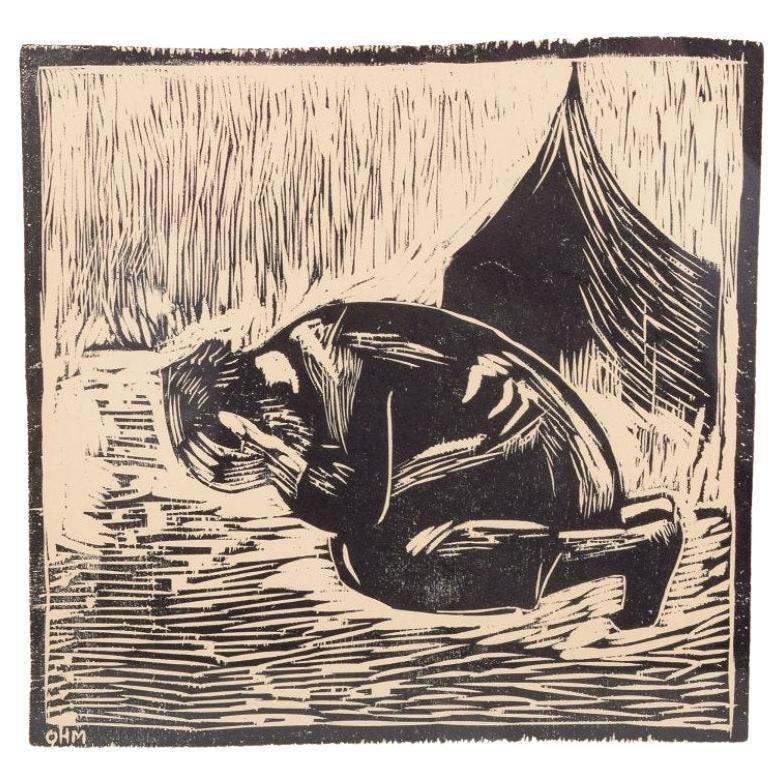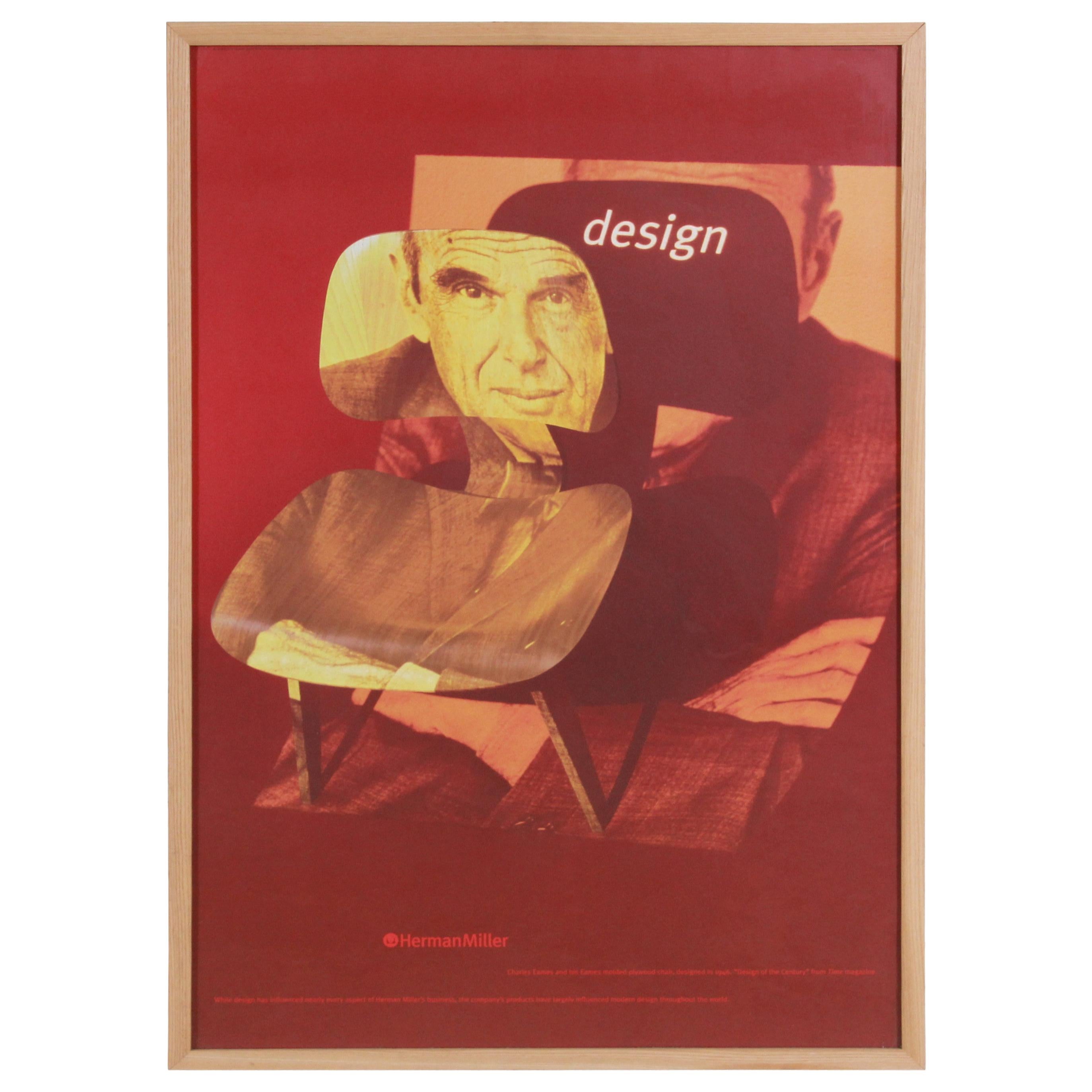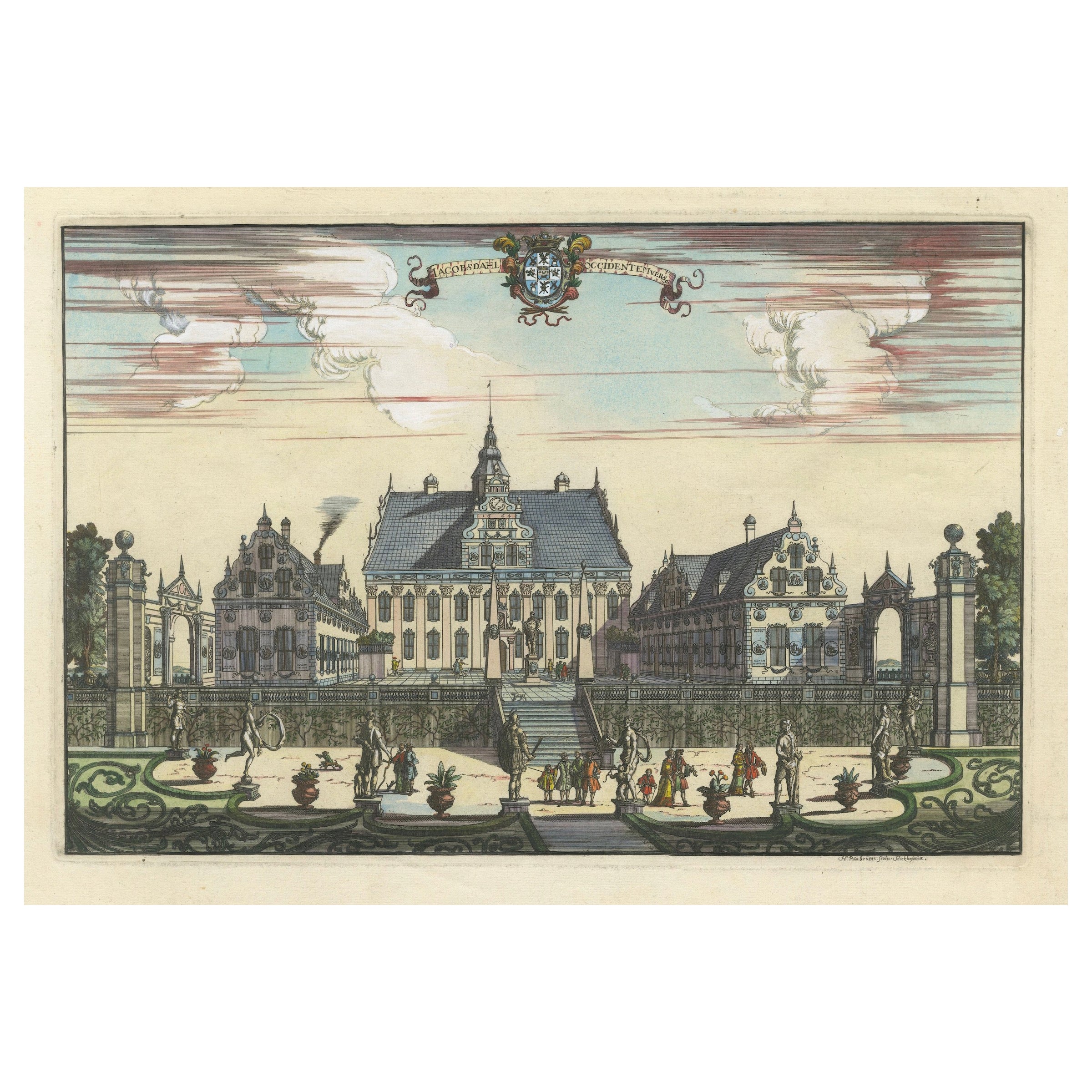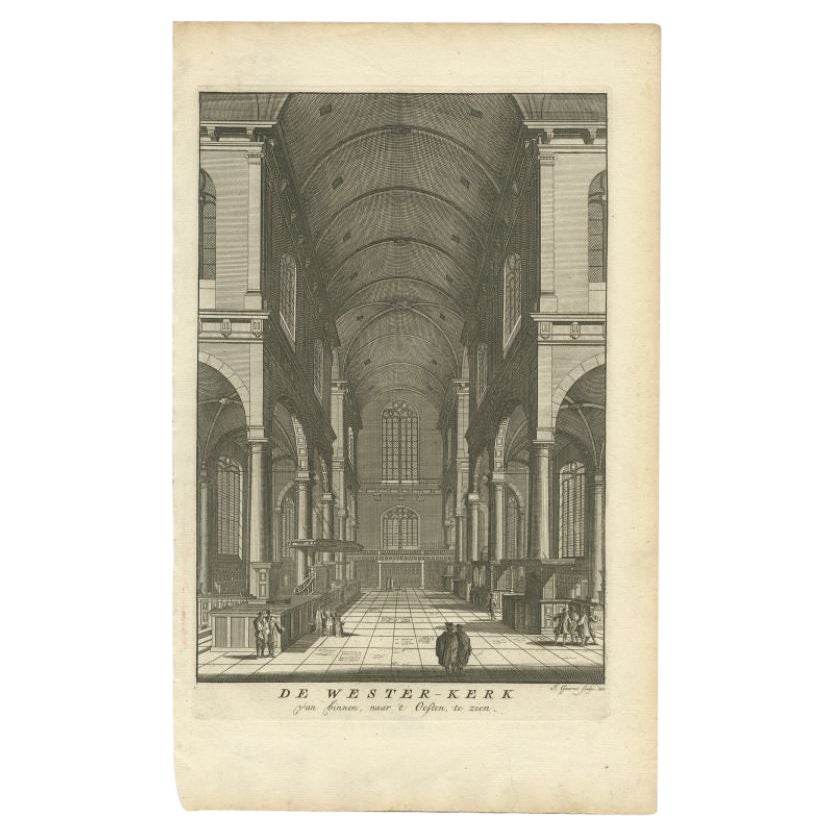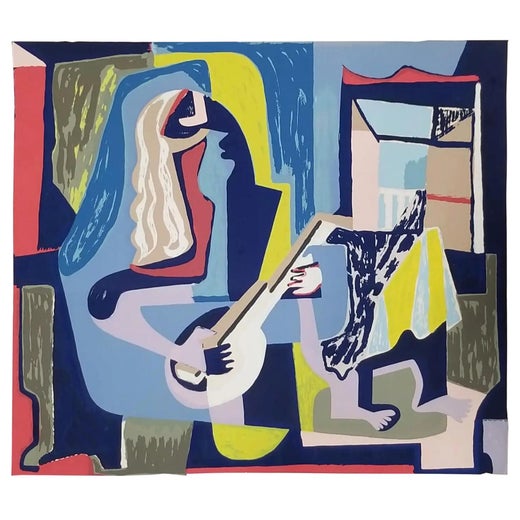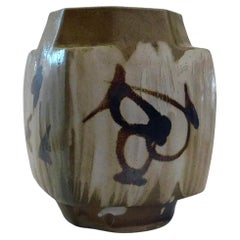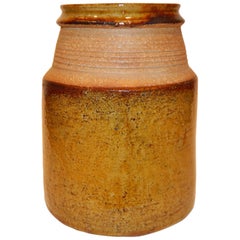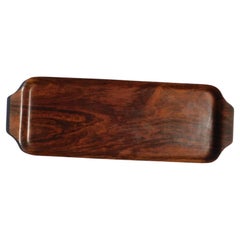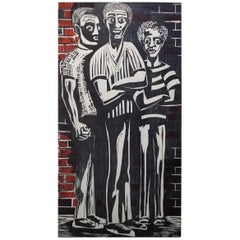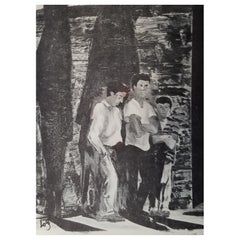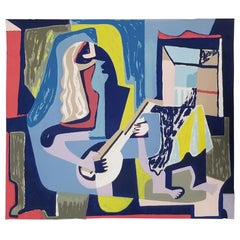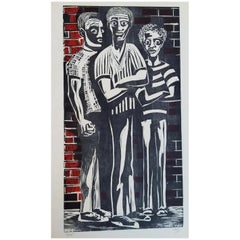
Herman Volz Original Woodcut, Social Unrest of the 1960's, Confrontation
View Similar Items
Herman Volz Original Woodcut, Social Unrest of the 1960's, Confrontation
About the Item
- Creator:Herman Roderick Volz 1 (Artist)
- Dimensions:Height: 18 in (45.72 cm)Width: 24 in (60.96 cm)Depth: 0.07 in (1.78 mm)
- Materials and Techniques:
- Period:
- Date of Manufacture:circa 1960s
- Condition:
- Seller Location:Phoenix, AZ
- Reference Number:Seller: p3446q1stDibs: LU1875324419482
Herman Roderick Volz 1
Herman Roderick Volz was a Swiss-American painter, muralist, lithographer, set designer, and mosaic/ceramic artist. He was a politically active champion of the working man and often used his strikingly modernist graphic works as vehicles to address issues of inequality and social injustice. Initially trained by his grandfather, a master in decorative arts, he began his formal study at the Art und Gewerbeschule in Zürich and the Academy of Fine Art in Vienna. He traveled for four years in France, Spain, Italy, Africa, and Holland and then moved to the San Francisco Bay Area in 1933, becoming a US citizen in 1938. During the Great Depression, Volz was appointed a supervisor in the Northern California Art Project and for the Federal Building mural project at the Golden Gate International Exposition (GGIE) Art in Action exhibit from 1939-40. Directing a group of about ten artists he produced two monumental murals (the world’s largest at the time) on the facade of San Francisco’s Federal Building titled The Conquest of the West. In 1940-42 with another team of workers he created two large, low-relief polished marble mosaic panels for the Golden Gate International Exhibition “Art in Action” World's Fair which were later installed at San Francisco City College. The murals titled Organic and Inorganic Science represent the fields of physics, chemistry, biology, and mathematics. The slogan of the mural reads ‘Give me a base and I move the world. From 1944-48, Volz worked in Hollywood, as a scenic artist and technical director at Actors' Laboratory Theatre, and he also designed sets for MGM and Paramount Studios. Volz was a member of the California Watercolor Society and the San Francisco Art Association. He exhibited at Berlin National Exhibition (1927), Paris Salon (1937), San Francisco Art Association (1938–41), Golden Gate International Exposition (1939), and San Francisco Museum of the Legion of Honor (1937–41), and won the San Francisco Art Association prize in 1937.
More From This Seller
View AllMid-20th Century Pottery
Clay
Mid-20th Century Danish Vases
Clay
Vintage 1960s Coffee and Cocktail Tables
Steel
Vintage 1960s Platters and Serveware
Rosewood
Mid-20th Century Vases
Clay
Mid-20th Century Swedish Glass
Glass
You May Also Like
Mid-20th Century American Brutalist Prints
Paper
Mid-20th Century American Mid-Century Modern Prints
Paper
Mid-20th Century American Prints
Paper
Mid-20th Century American Expressionist Prints
Paper
Antique Early 1800s Prints
Paper
Antique 15th Century and Earlier Prints
Paper
